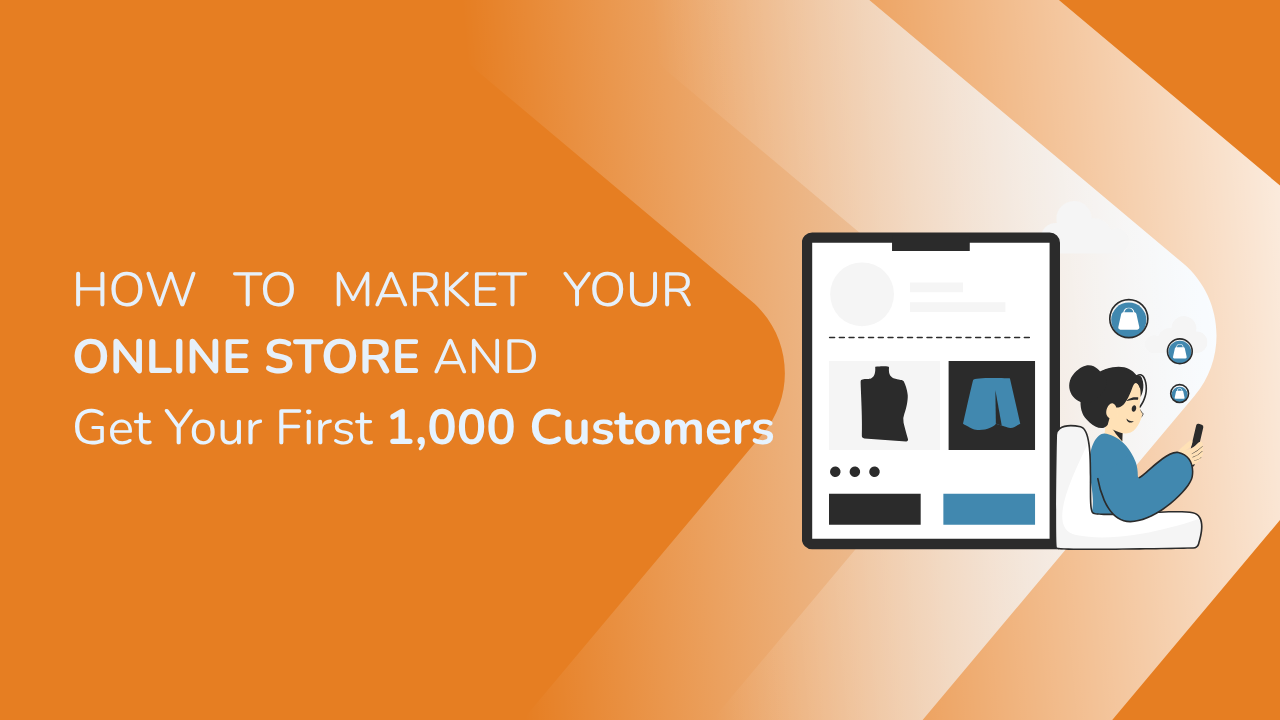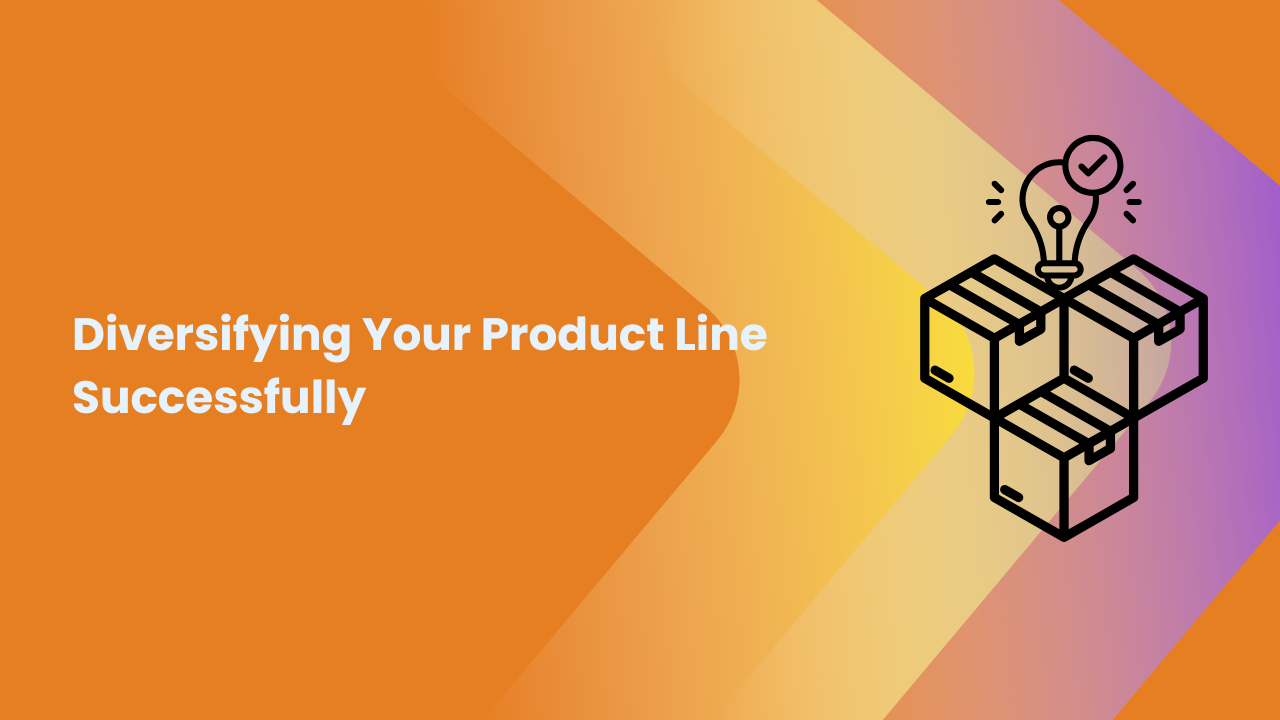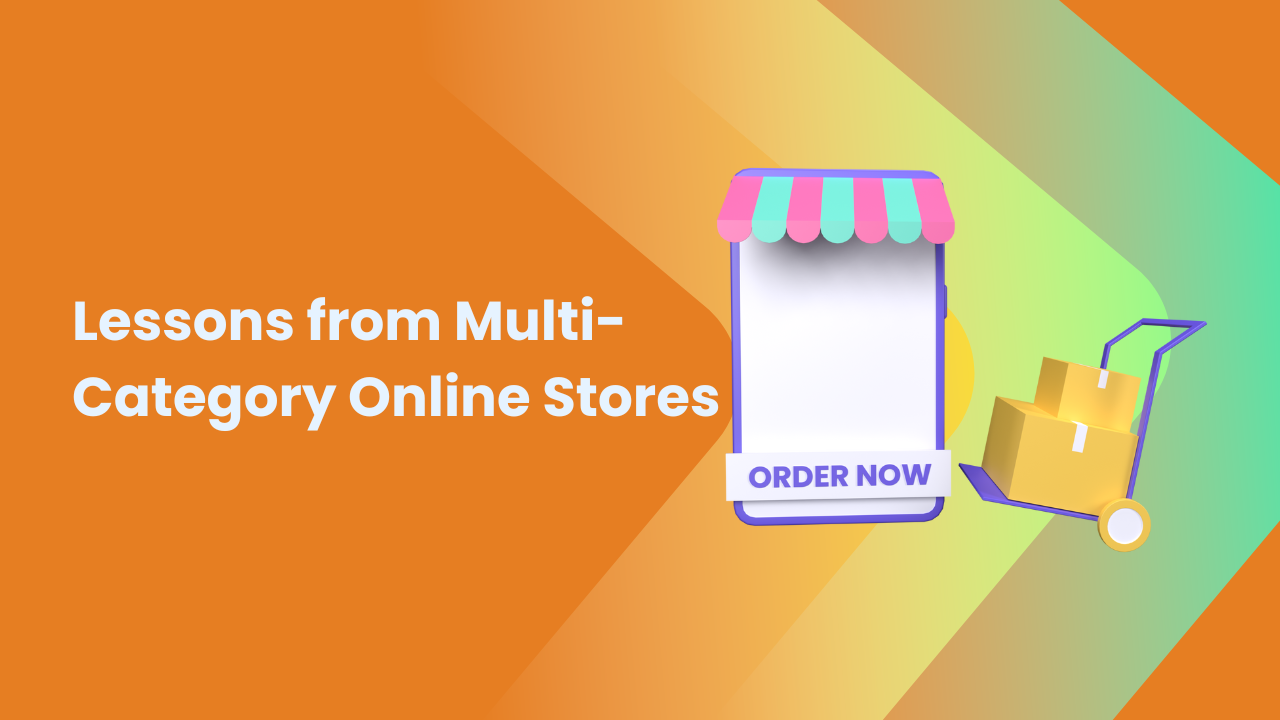Share this Article
Building the Digital Bazaar: Understanding E-Commerce Builder Platforms and Their Transformational Role
In the past decade, the world has witnessed a massive shift in how commerce operates. From crowded physical marketplaces to streamlined digital storefronts, the nature of buying and selling is being redefined. At the center of this transformation lies eCommerce builder platforms—technological tools that empower entrepreneurs, retailers, artists, and service providers to build, launch, and manage online stores with little to no technical background.
This article explores what eCommerce builder platforms are, how they work, their advantages and limitations, and how they are becoming especially relevant in emerging markets like Nepal, where traditional businesses are making their first steps online.
What is an E-Commerce Builder Platform?
An eCommerce builder platform is a software solution designed to help users create online stores from scratch. These platforms often require no coding knowledge and come with pre-designed templates, drag-and-drop interfaces, inventory tools, payment integrations, and mobile compatibility.
Unlike traditional website development (which requires developers, hosting management, and design knowledge), eCommerce builders simplify the entire process, enabling anyone to set up an online store within hours.
Examples of popular global platforms include:
- Shopify
- BigCommerce
- Wix eCommerce
- Squarespace Commerce
- WooCommerce (a WordPress plugin)
- Magento (Adobe Commerce)
In the context of Nepal and South Asia, new no-code platforms like Saauzi Smart Solutions and localized builder software are rising to meet unique market needs—such as local payment integration (eSewa, Khalti), regional language support, and logistics tools compatible with domestic delivery services.
Key Features of E-Commerce Builder Platforms
A comprehensive eCommerce builder platform typically includes:
1. Visual Store Editor
The core of any builder is its user-friendly editor. Using drag-and-drop tools, business owners can:
- Choose themes
- Customize layouts
- Modify fonts and colors
- Add banners, navigation menus, and product listings
This removes the need for web designers and developers, democratizing access to digital selling.
2. Product & Inventory Management
Users can:
- Add product descriptions
- Upload photos
- Set prices and discounts
- Track inventory
- Add stock-keeping units (SKUs)
- Create product variants (size, color, etc.)
This helps businesses maintain accurate stock records and improves operational efficiency.
3. Payment Gateway Integration
The platform supports online payments using:
- International methods (PayPal, Stripe, Credit Cards)
- Local methods (eSewa, Khalti, IME Pay for Nepal)
- Cash on Delivery (COD)
Secure and seamless payment processing is a cornerstone of successful eCommerce.
4. Order Management & Fulfillment
Tools for:
- Tracking orders
- Managing shipping
- Handling returns and refunds
- Printing invoices and receipts
Order automation allows vendors to fulfill purchases efficiently and reduces customer complaints.
5. Shipping Integration
Platforms may connect with logistics providers, enabling:
- Live delivery tracking
- Automatic shipping label generation
- Rate calculation by weight and destination
In Nepal, integration with couriers like Nepal Can Move, Gaubesi Logistics, and Pathao Delivery is becoming increasingly important.
6. Mobile Optimization
A responsive design ensures your online store looks great and functions well on all devices—especially smartphones, which dominate internet usage in Nepal and other developing markets.
7. SEO and Marketing Tools
Advanced builders offer:
- Search engine optimization (SEO)
- Email campaigns
- Social media integration
- Abandoned cart recovery
- Discount codes and promotions
These tools attract customers and help improve conversion rates.
8. Analytics and Reporting
Understanding what works is essential. Good platforms provide:
- Sales summaries
- Website visitor data
- Conversion tracking
- Customer insights
This information supports better decision-making and strategy development.
Types of E-Commerce Builder Platforms
Understanding the variations in eCommerce builders helps in choosing the right one:
1. Software-as-a-Service (SaaS) Builders
Examples: Shopify, BigCommerce, Saauzi Smart Solutions
These platforms host everything for you and offer subscription-based pricing. Ideal for beginners and small-to-medium businesses.
Pros:
- Low startup cost
- Security and updates handled by provider
- Built-in support and community
Cons:
- Less customization than open-source
- Monthly fees
2. Open Source Builders
Examples: WooCommerce, Magento
Require hosting setup and more technical knowledge but offer deep customization.
Pros:
- Full control over code
- Flexible design and function
Cons:
- Needs technical skills or developers
- Security and hosting are your responsibility
3. Headless E-Commerce Platforms
Decouples front-end and back-end. Example: Shopify Hydrogen, Vue Storefront
Pros:
- Faster performance
- Custom UI design freedom
- Scalable for large businesses
Cons:
- High development cost
- Not suitable for beginners
Benefits of Using eCommerce Builder Platforms
1. Affordability
No need to hire a development team. Most platforms offer free trials or low-cost plans.
2. Speed
Launch your store in hours or days, not weeks.
3. Accessibility
Anyone can build an online store, regardless of technical background.
4. Support Ecosystem
From tutorials and forums to customer support teams—assistance is readily available.
5. Scalability
Start small and scale as your business grows. Add features, plugins, or even move to a more advanced platform later.
Use Cases: Who Should Use These Platforms?
- Retailers wanting to extend their physical store online.
- Artists and crafters selling handmade goods.
- Restaurants and food vendors offering online orders.
- Dropshippers who don’t hold physical inventory.
- NGOs and social enterprises promoting local products.
- Export businesses targeting international buyers.
E-Commerce Builder Platforms in Nepal: Local Context
Nepal’s eCommerce scene is evolving, and platforms need to respond to specific realities:
Opportunities
- Increasing smartphone and internet penetration
- Rise of digital wallets like eSewa and Khalti
- Young, tech-savvy population
- Growing appetite for online shopping post-COVID
Challenges
- Poor rural connectivity
- Limited trust in online payments
- Delivery issues in remote regions
- Low digital literacy in older generations
Local Builders to Watch:
Saauzi Smart Solutions
This Nepal-based platform offers:
- Full admin control via its BOS (Backend Operating System)
- Ready-made templates
- Order dashboard
- Shipping support
- Payment integration with Nepali wallets
- Support for multiple store types (grocery, electronics, clothing)
It is designed to meet the exact needs of small Nepali entrepreneurs and shopkeepers who wish to enter the digital space without relying on third-party developers.
How to Choose the Right Platform
Step 1: Define Your Business Model
Are you selling physical goods? Services? Digital downloads? Choose accordingly.
Step 2: Estimate Traffic and Sales Volume
Low-traffic stores can use basic plans. High-volume sellers may need more bandwidth and storage.
Step 3: Check Payment and Delivery Options
Make sure the platform supports your country’s systems.
Step 4: Evaluate Customization Needs
Do you want full design control or a plug-and-play setup?
Step 5: Think About Future Growth
Can the platform scale with your business?
Building Your Store: Step-by-Step Guide
- Sign up on a platform (e.g., Saauzi, Shopify)
- Choose a template/theme
- Add your products with descriptions and photos
- Set up payments (e.g., link to eSewa)
- Configure shipping rules
- Preview and test
- Publish your site
- Promote on social media and start selling
Future of E-Commerce Builder Platforms
With AI, AR/VR, and automation reshaping tech, expect:
- AI-powered product suggestions
- Automated copywriting
- Personalized shopping experiences
- Virtual try-ons and augmented browsing
- Voice-search enabled stores
- Local language interface development
Platforms that adapt will thrive—especially those that cater to specific markets like Nepal.
Conclusion
E-Commerce builder platforms are revolutionizing retail by removing the friction from digital business creation. From solo entrepreneurs and rural artisans to large-scale exporters, these tools are democratizing online trade.
In Nepal, the potential is vast. With the right platform, support, and digital literacy efforts, a new generation of online business owners is already being born. Platforms like Saauzi Smart Solutions, when localized well, can not only rival global giants in functionality but surpass them in relevance.
The digital bazaar is here—and eCommerce builder platforms are the stalls, tools, and roads that make it accessible to all.
Categories:
E-commerce Tips & Tutorials
,
Marketing & Growth
,
SEO & Content Marketing
,
Beginner’s Guides
,
Sales & Conversion
,
Success Stories & Case Studies
,
Platform Features & Updates
,
Platform Comparisons
,
Design & UX Best Practices
,
Industry Trends & News
,
Tools, Apps, and Integrations
,
Tax Information
,
E-commerce KPI's Nepal
Tags:
Online Store in Nepal
,
5 Simple Steps
,
local businesses
,
e-commerce app
,
Small Business
,
strong brand
,
E-commerce







